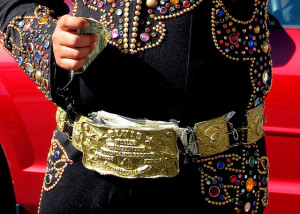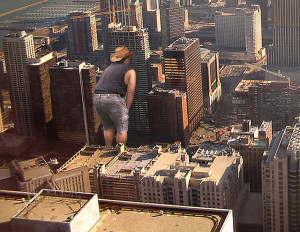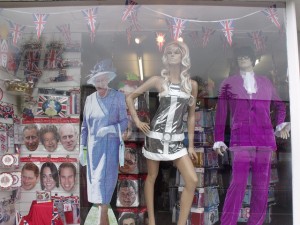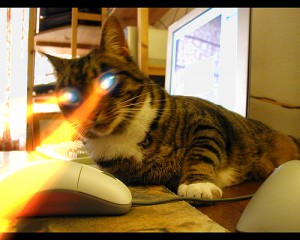Readers of this blog may remember that Solid Oaks Sketches filed a copyright infringement suit against Take-2 Software, the maker of the NBA 2K video game, claiming that its reproduction of several tattoos worn by famous basketball players was copyright infringement. The case is still ongoing in the Southern District of New York, and defendants filed last August a motion for judgment on the pleadings, where they argue that the use was fair use. HT to the Hollywood Reporter.
Solid Oaks bought the copyright for the tattoos of Eric Bledsoe, Lebron James, and Kenyon Martin, which were created by several tattoo artists. These players appear in the NBA 2K game, complete with their tattoos. Solid Oaks claims this is copyright infringement. Take-2 argues that the use is de minimis and fair use.
A real-life depiction
The tattoos “only appear on the players on which they were inked in real life, not other real-world players or fictional characters” (p. 13). Indeed, the NBA 2K game, which is updated every year, depicts over 400 current and retired NBA players “realistically. …These depictions have realistic facial and physical features… They wear jerseys and sportswear with the numbers, colors and logos of their teams. The game even depicts NBA-branded socks” (p.9).
The tattoos at stake were each created specifically for the players. As explained in the motion, “[e]ach tattoo was created as a custom tattoo intended only for the player on which it was inked… Thus, they are imbued with special meaning for the players. For instance, Solid Oak admits that “Child Portrait Tattoo Artwork” depicts LeBron James’s son… Similarly, “330 and Flames Tattoo Artwork” depicts the number 330, which is the area code for Mr. James’s hometown” (p. 12).
Defendant argues that Plaintiffs “seek to hinder the ability to depict people as they appear in real life” (p.6), and that Plaintiff is contending that these famous basketball players must now seek its permission each time they appear in public, in films, or when being photographed.
Use is de minimis
Defendant is arguing that the use of the protected work is de minimis. “[T}rivial copying does not constitute actionable infringement” Newton v. Diamond, 388 F.3d 1189, 1193.
There are 400 players available in the video game, and so the tattoos only appear when the three players featuring the tattoos which copyright is owned by plaintiff appear in the game. Also, the tattoos appear very small in the game and thus are very difficult to see. For Defendant’s the tattoos “are just one of the myriad of elements that makeup NBA 2K” (p.13).
Use is fair use
Defendant is also arguing that it “is not a rival tattooist that has replicated a creative design and inked it on a new person. Rather, its use is completely different in a massive, highly creative video game featuring a virtual world that only uses player tattoos to realistically capture how the players actually look. Each of the factors that courts consider supports a finding of fair use.”
Defendant reviewed each of the four fair use factors and argued that each of the factors is in its favor.
The first factor, the purpose and character of the use, is in Take-Two’s favor because it “uses the Tattoos for a different purpose than that for which they were originally created. While the Tattoos originally were created as the NBA players’ self-expression, Take-Two uses them merely to replicate how the players appear in real life.”
The second factor, the nature of the copyrighted work, should also be in Defendant’s favor because “Take-Two uses them to depict the world accurately.”
The third factor, the amount and substantiality of the portion used, should be in Defendant’s favor because the “use was reasonable given that its purpose was to depict real life accurately, and using any less of the Tattoos would defeat that purpose.”
The fourth fair use factor, the effect of the use upon the potential market, should be in Defendant’s favor because Plaintiff “admitted that it is contractually prohibited from inking the Tattoos on other people, meaning that Take-Two’s use cannot harm that market.”
What about right of publicity?
This is a copyright infringement suit and the players are not parties in the suit. However, one could imagine that they could file a suit against the owner of the copyright of their tattoos for tortious interference in contractual relations, if not owning the copyright of their tattoos would prevent them from licensing their likeness. On the other hand, one can argue that the owner of the copyright has the right to be financially compensated if the work is reproduced, especially for in a commercial venture.
These players are celebrities, but our likeness is more and more used for marketing purposes. A few thousand followers on social media may land us all a lucrative marketing deal. If we sports tattoos but do not own their copyright, should we secure a license before posting selfies? As Jack London once said [on Twitter]: Show me a man with a tattoo and I’ll show you a man with an interesting copyright license.
Image is courtesy of Flickr user Carlos 90 under a CC BY-SA 2.0 license.
This blog post was first published on The 1709 Blog.
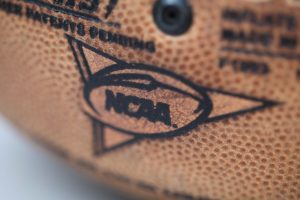
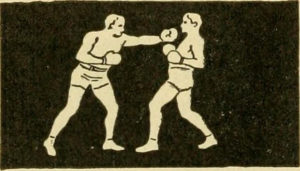 To say that Plaintiff has had an interesting life is an understatement, as he was a professional wrestler from 1953 to 1977, competing in Canada, the U.S. and abroad. He appeared in ten films and television programs. After retiring, he was for 20 years a leader of the Mohawk nation on the Kahnawake reservation, as an elder and a counselor. He is still recognized as an elder and advisor to the First Nations people. The British band The Dogs D’Amour named a song after him in 1988, and Pulitzer Prize-winner Paul Muldoon wrote a poem, “My Father and I and Billy Two Rivers”, about watching Plaintiff competing in a wrestling match. A British racing horse was named after him, with Plaintiff’s consent.
To say that Plaintiff has had an interesting life is an understatement, as he was a professional wrestler from 1953 to 1977, competing in Canada, the U.S. and abroad. He appeared in ten films and television programs. After retiring, he was for 20 years a leader of the Mohawk nation on the Kahnawake reservation, as an elder and a counselor. He is still recognized as an elder and advisor to the First Nations people. The British band The Dogs D’Amour named a song after him in 1988, and Pulitzer Prize-winner Paul Muldoon wrote a poem, “My Father and I and Billy Two Rivers”, about watching Plaintiff competing in a wrestling match. A British racing horse was named after him, with Plaintiff’s consent.


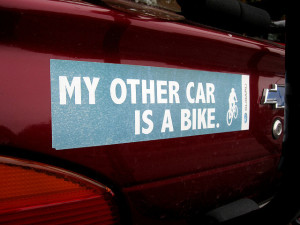 Plaintiffs in two recent Intellectual Property cases were urged from the bench to have a little bit more humor.
Plaintiffs in two recent Intellectual Property cases were urged from the bench to have a little bit more humor.